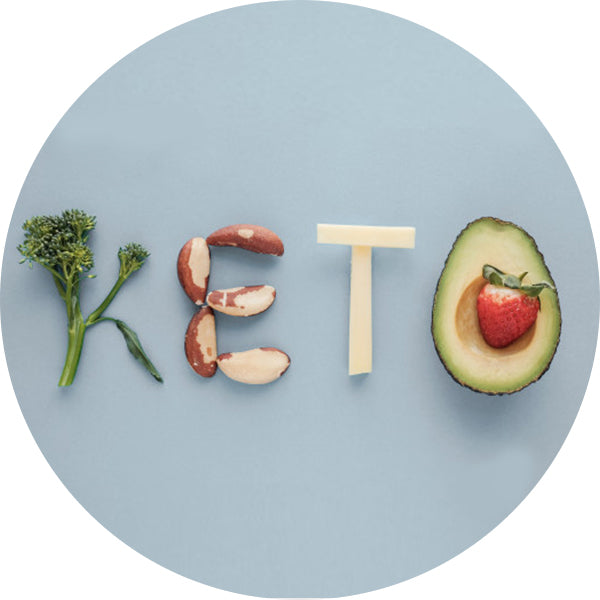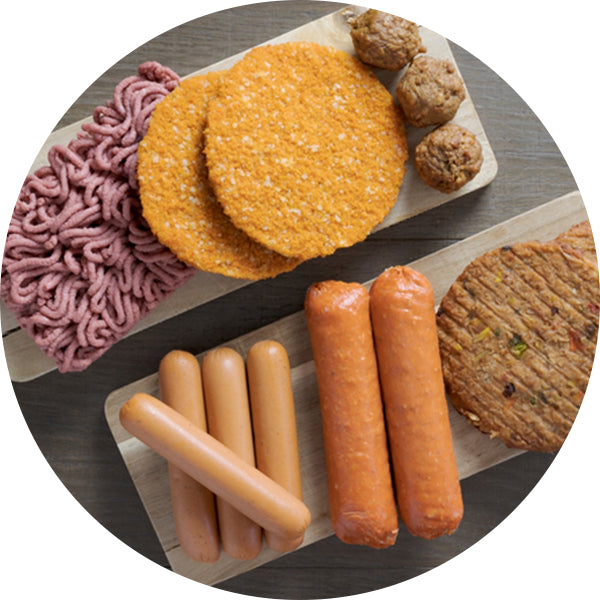In recent years, the ketogenic (keto) diet has gained popularity for its potential health benefits, including weight loss and improved blood sugar control. One key aspect of the keto diet is keeping carbohydrate intake low, but that doesn't mean sacrificing taste and variety in your meals. In this article, we will explore a range of low carb keto options and answer common questions about this dietary approach.
What Can You Eat on a Keto and Low-Carb Diet?
The keto diet primarily focuses on reducing carbohydrate intake and increasing fat consumption. The goal is to enter a state of ketosis, where the body burns fat for energy instead of carbohydrates. Here are some keto-friendly foods you can include in your diet:
- Healthy Fats: Avocado, olive oil, coconut oil, and nuts are excellent sources of healthy fats. They provide the necessary energy for a low carb lifestyle.
- Protein: Lean meats like chicken, turkey, and fish are high in protein and low in carbs. Eggs and tofu are also keto-friendly protein sources.
- Low-Carb Vegetables: Non-starchy vegetables like spinach, broccoli, cauliflower, and zucchini can be enjoyed in abundance. They are rich in vitamins and fiber while being low in carbs.
- Dairy: Full-fat dairy products like cheese, butter, and Greek yogurt are keto-friendly, but be mindful of their carb content.
-
Berries: In moderation, berries like strawberries, blueberries, and raspberries can satisfy your sweet tooth without spiking your carb intake.
What Is the Lowest Carb Intake for Keto?
The lowest carb intake for keto typically ranges between 20 to 50 grams of net carbs per day. Net carbs are calculated by subtracting fiber and certain sugar alcohols from the total carb count. This strict carb restriction helps the body transition into ketosis and maintain it for optimal fat burning.
Can I Do a Low-Carb Keto Diet?
Yes, you can definitely follow a low-carb keto diet, and it may be suitable for some individuals who want to further reduce their carbohydrate intake. This variation of the keto diet focuses on keeping carbs at the lower end of the recommended range, around 20-30 grams of net carbs per day. It can be especially helpful for those looking to accelerate weight loss or manage conditions like diabetes.
What Can I Replace Carbs with on a Ketogenic Diet?
When following a ketogenic diet, you'll need to replace high-carb foods with low-carb alternatives. Here are some keto-friendly substitutes:

- Low Carb Bread: If you're craving bread, consider trying low carb bread options like Organic and Real's Keto Bread. These products are designed to fit within your carb limits while providing a satisfying bread-like experience.
- Low Carb Snacks: For snacks and sweets, explore options like Keto Sweets from Organic and Real. These snacks are specifically crafted to keep you in ketosis while satisfying your cravings.
- Keto Snacks: Additionally, you can find a variety of Keto snacks that are perfect for on-the-go munching.
-
Keto-Friendly Products: To simplify your shopping, look for keto-friendly products that are specifically labeled for the ketogenic diet.
A low-carb keto diet offers a wide range of delicious and nutritious options, and it's entirely possible to maintain this lifestyle with the right choices. By incorporating the recommended foods and making use of keto-friendly substitutes, you can successfully embrace the benefits of the ketogenic diet while enjoying flavorful and satisfying meals.















































